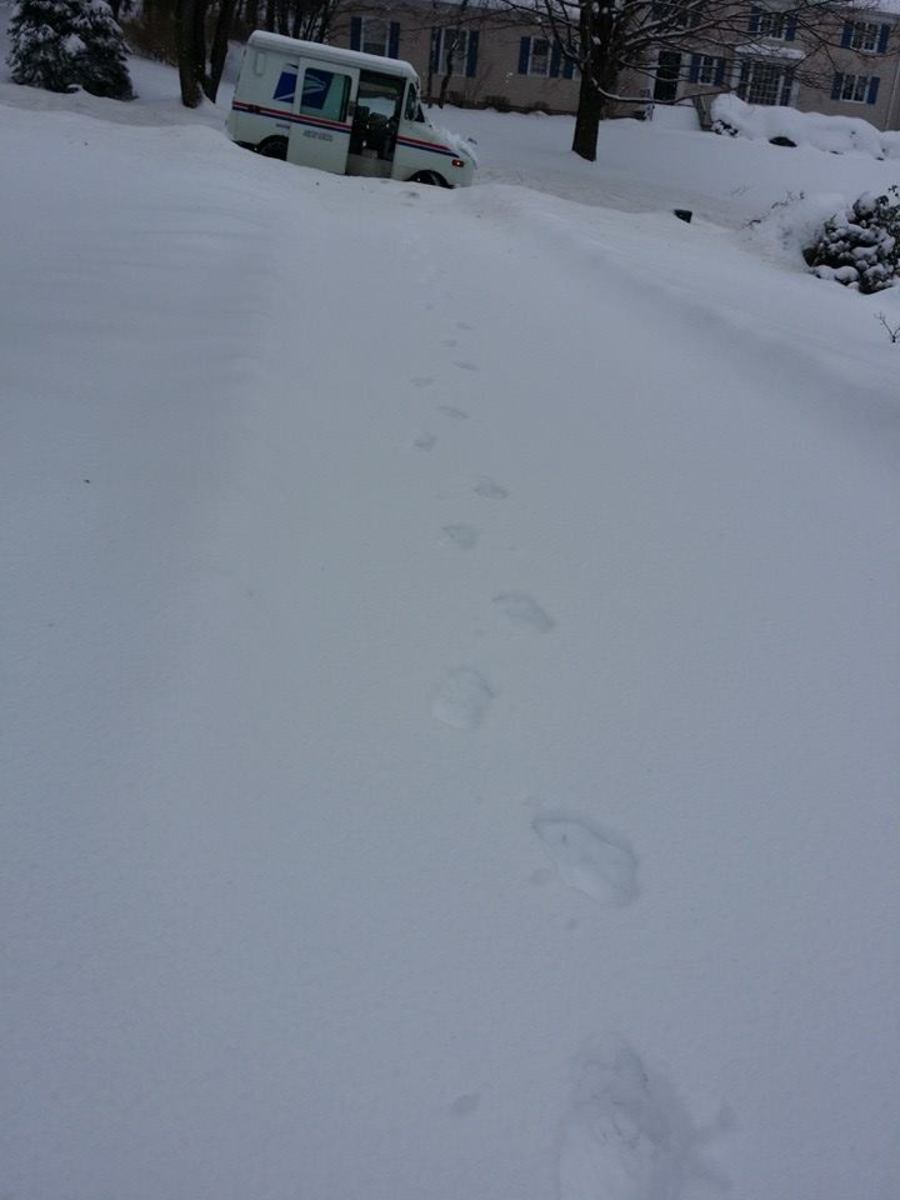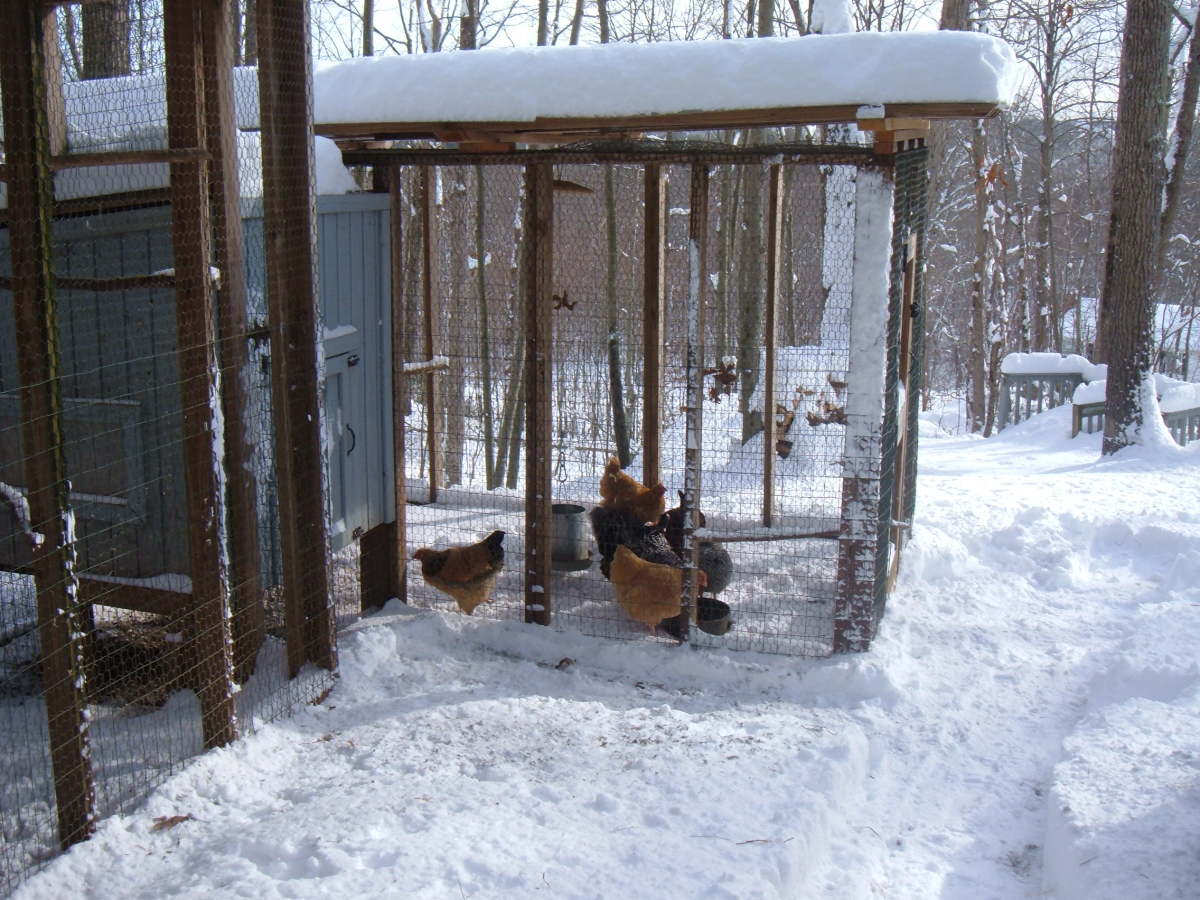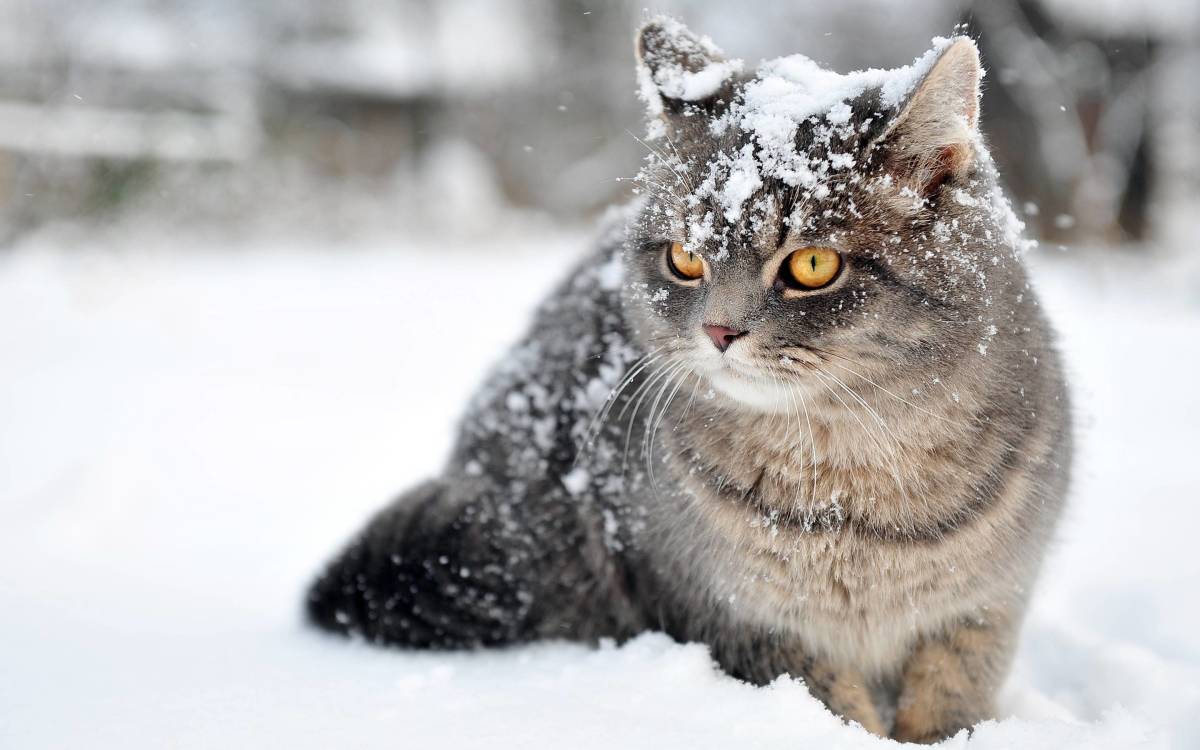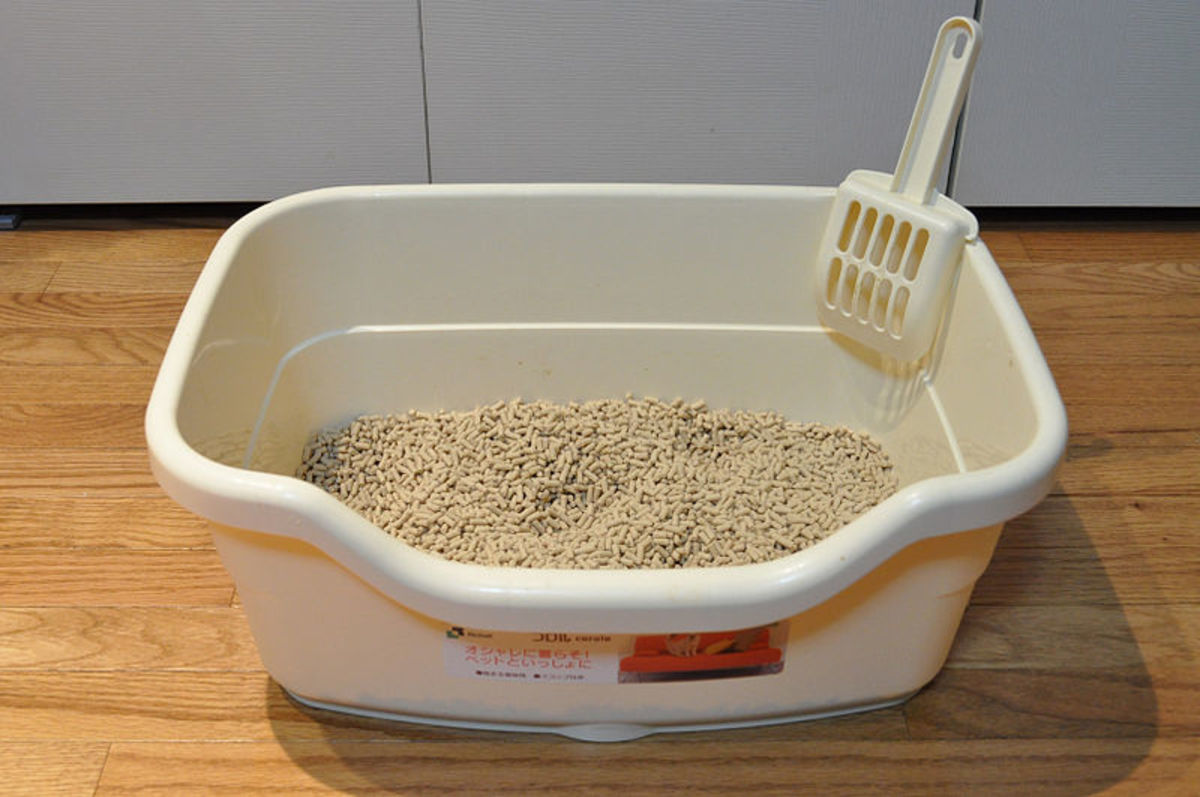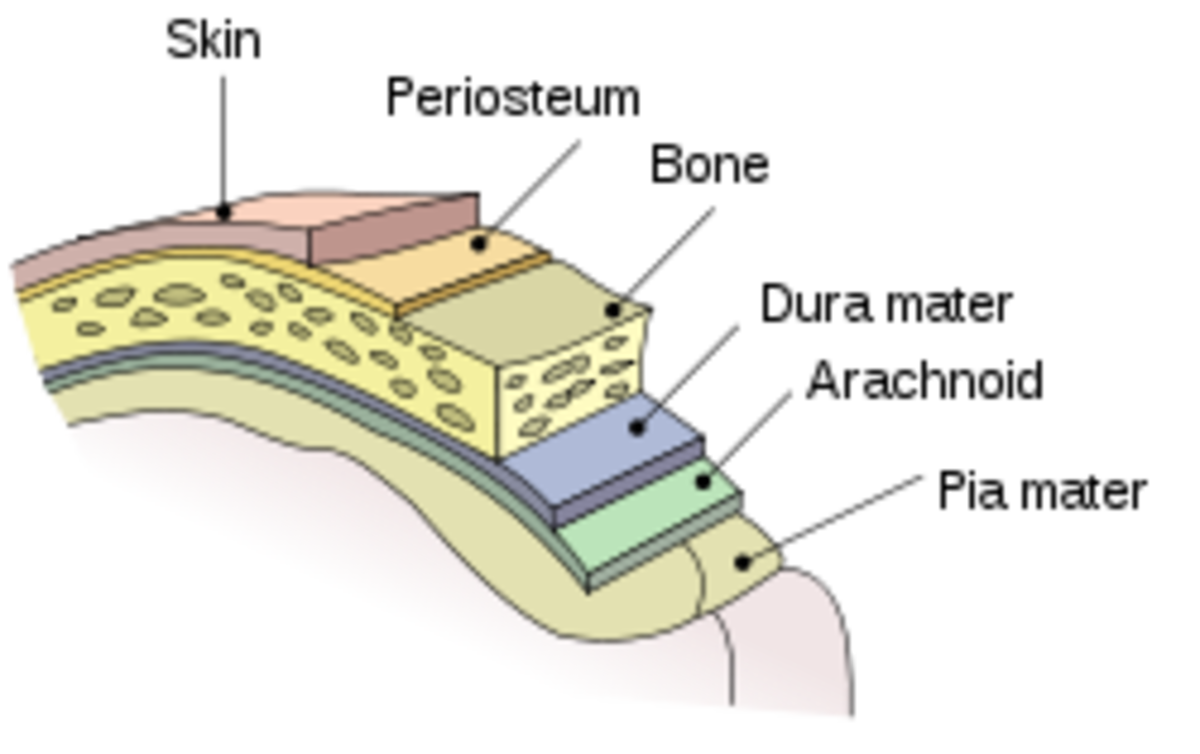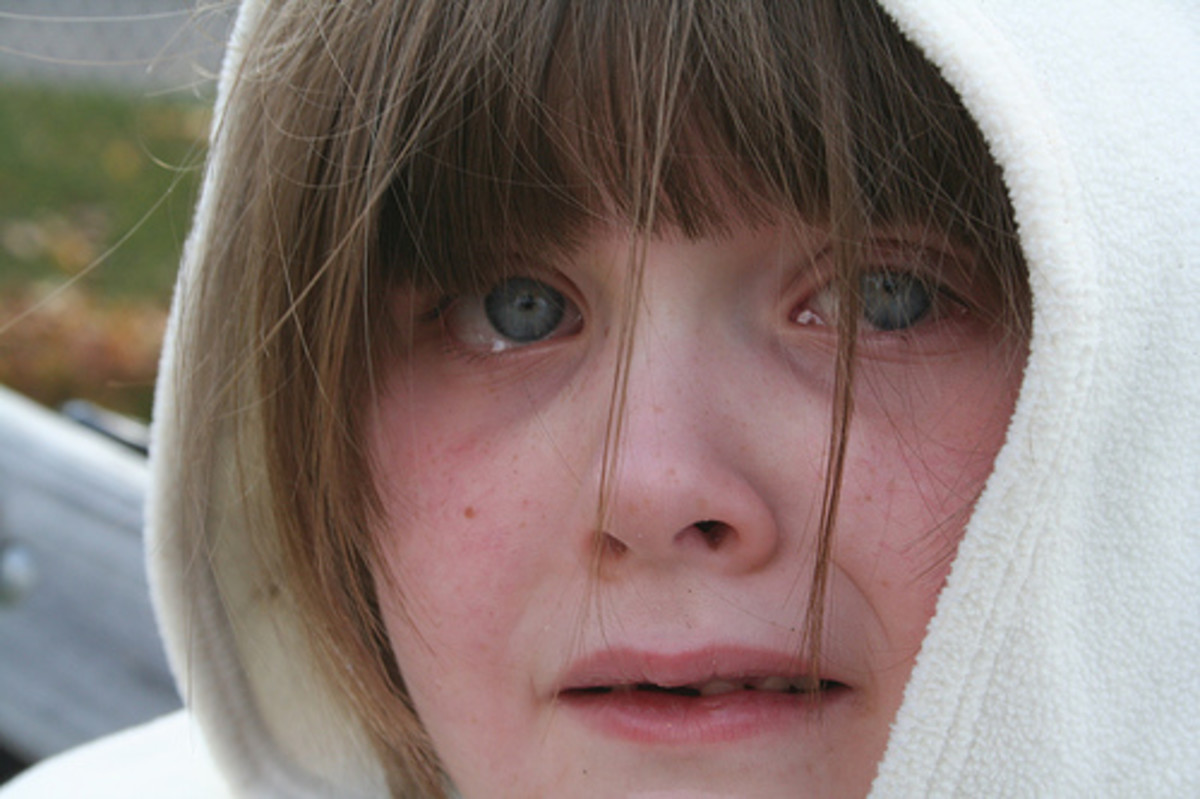Be Safe in Cold Weather

The cold winter months bring opportunities for outdoor fun and activities but also mean weather extremes like high winds, freezing temperatures, snow, ice and rain. Don't avoid your favorite winter sports; hit the slopes, the trails, the frozen ponds and the city streets beckoning the recreational shopper. Just take extra care to stay warm because cold injuries, and even fatalities, can occur in freezing or even nonfreezing weather.
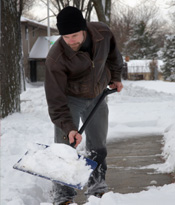
- First Aid - Frostnip and Frostbite
Know some guidelines on First Aid assistance in case of frostbite or frostnip. Learn how to prevent and treat Frostbite. - Chilblains - MayoClinic.com
Chilblains Comprehensive overview covers symptoms, causes, treatment of this condition. - Hypothermia: First aid - MayoClinic.com
How to administer first aid for hypothermia.
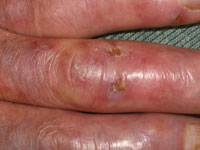

How does cold weather affect the body?
The human body maintains a fairly constant internal temperature of 98° F. If your body warmth drops below this temperature, you begin to experience discomfort such as cold, shivering, and reduced feeling in your hands and feet. If your body temperature drops below 96.8° F, you run the risk of serious injury, and even death, from a variety of cold induced hazards. These can include nonfreezing and freezing injuries.
Hypothermia
Hypothermia is caused when the body’s temperature drops below 95°F and can occur at air temperatures up to 65° F. As your body temperature drops, your metabolism slows to conserve energy, which reduces the flow of oxygen to the muscles and tissues. Early symptoms can include a sensation of extreme cold and uncontrolled shivering. If the body temperature is not quickly raised, hypothermia can cause muscle rigidity, loss of sensation in the hands and feet, loss of reflexes, confusion, coma, and possibly death.
To treat hypothermia, remove the person from the cold environment immediately and get them to a warm shelter. Remove wet clothing and replace them with warm, dry clothing or blankets. Give the person warm, not hot, fluids to drink. Body to body contact will also help if you do not have additional clothes or blankets.
Chilblains
Cold makes your blood vessels constrict and the most exposed extremities, such as the hands and feet, are usually the first to feel the effects. Your body attempts to counteract the loss of body heat in these areas by sending increased blood flow to warm them. The increased blood flow can distend the blood vessels if they do not react fast enough, and excess blood will leak into the skin. After some time reddish, painful swellings appear on the skin accompanied by extreme itching or burning sensations. The swellings can blister or ulcerate and become infected.
The cold weather is not what causes chilblains - it is the too quick warming of the skin. In fact, chilblains can occur in nonfreezing weather. There is no effective treatment for the condition other than applying a topical cream to relieve the itching and swelling. The best prevention is not to let your hands, feet, nose, or ears get too cold. If you have poor circulation you are at greater risk so wear warm socks, gloves, and a hat and scarf if you will be outside.
Frostnip
Frostnip is a superficial freezing injury that can occur when an unprotected part of the body is exposed to freezing temperatures. Symptoms may include reduced sensation, reduced dexterity, or patches of white skin. Effects of frostnip are reversible and are easily treated by warming the affected part by rubbing, moving, or protecting with more layers of clothing. But frostnip should be treated immediately because it can progress to frostbite, which is a far more damaging injury.
Frostbite
Frostbite is an irreversible freezing of the body’s tissue. It occurs when freezing temperatures damages blood vessels and halts the flow of blood and oxygen to the effected area. Damage is permanent and often severe, resulting in the possible amputation of fingers, toes, ears, and other tissue. Symptoms start with a loss of sensation, loss of dexterity, inflammation, and “dead” looking tissue which can also be hard and frozen and looks white or blue. If left untreated there will be further freezing of the deep tissue.
It is vital to get professional medical attention as fast as possible to treat frostbite. First aid measures are to get the victim to a warm shelter and immerse the affected area in warm, not hot, water, or cover the area with blankets or clothing. Do not rub the affected area because this will further harm the skin and there may be blisters.
Tips for prevention of cold injuries
- Wear proper protective clothing - To maintain core body temperatures, wear thermally insulated, dry clothing worn in layers. The inner layer should be made of fabrics (such as cotton) that have the ability to wick moisture to the outer layers. The middle layers should be of fabrics (such as wool) that provide insulation for warmth. The outer layer should be wind-resistant and water-repellent and made of fabrics that allow perspiration to pass through. Since 30% of body heat is lost from the head, wear a cap, parka hood, or other type of head covering. Wear glove and wool socks to protect hands and feet.
- Stay dry -Because the thermal conductivity of water is 20 times greater than that of air, hypothermia occurs more rapidly if you are wet. Becoming wet or damp also reduces the insulating property of clothing because the warm air trapped between the layers is lost. Be sure your boots are water repellent as well. There are few things more miserable or distracting than being outdoors when your feet are cold and wet.
- Protect your hands -Frostnip or frostbite will occur to unprotected skin at air temperatures below 30.2° F. Since wind chill increases the cold factor, this can occur even when the thermometer indicates that temperatures are above freezing. If you are working for more than 20 minutes in temperatures below 60° F you should wear gloves or make other provisions to keep your hands warm. Metal tool or sport equipment handles should be covered with insulating materials to make them more comfortable to use. Be sure to avoid contact frostbite by wearing gloves when handling metal materials that have been exposed to freezing temperatures.
- Watch what you drink - Our thirst mechanism is reduced in cold weather, so you may become dehydrated without being aware of it. Dehydration in cold weather results in decreased alertness, reduced work capacity, and decreased blood pressure as body temperature drops. Alcohol and caffeine harm the body’s cold adaptation mechanisms by increasing the flow of blood to the skin surface, thus increasing the body’s heat loss. Nicotine also increases the risk of tissue injury by increasing the rate of skin cooling. Avoid excessive use of alcohol, nicotine, and caffeine if you know you will be working or playing in cold temperatures.

Summary
Proper clothing, equipment, and behavior are invaluable when working or playing in cold and wet weather. Cold related injuries can occur when air temperatures are well above freezing. Know the symptoms of hypothermia and other cold induced hazards and how to prevent them. People who appear disoriented, uncoordinated, are shivering uncontrollably, or are complaining of a loss of sensation in hands and feet should be removed immediately from the cold and receive prompt medical attention if their symptoms do not subside.



